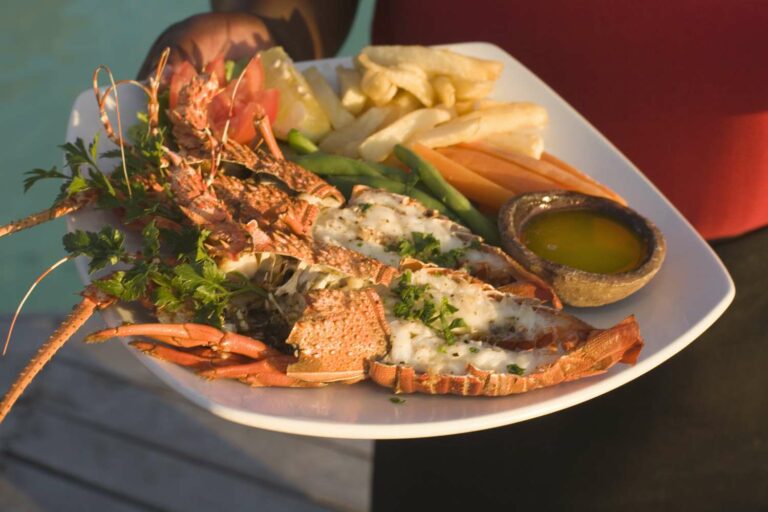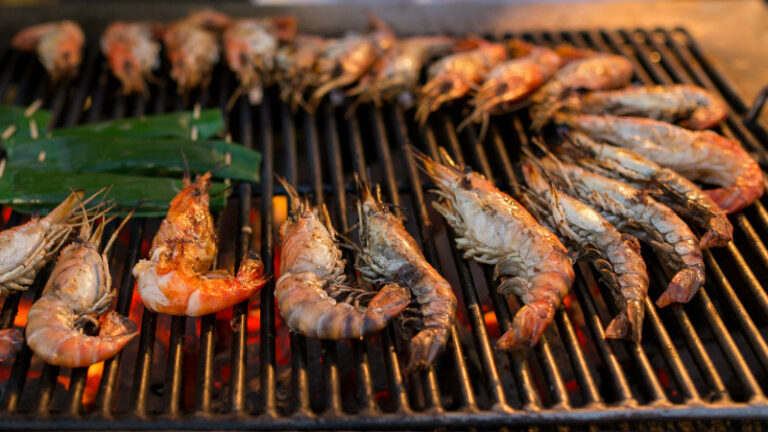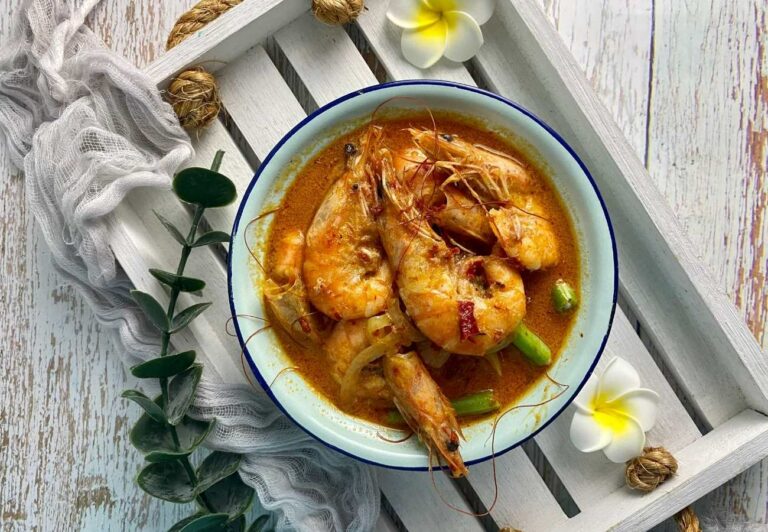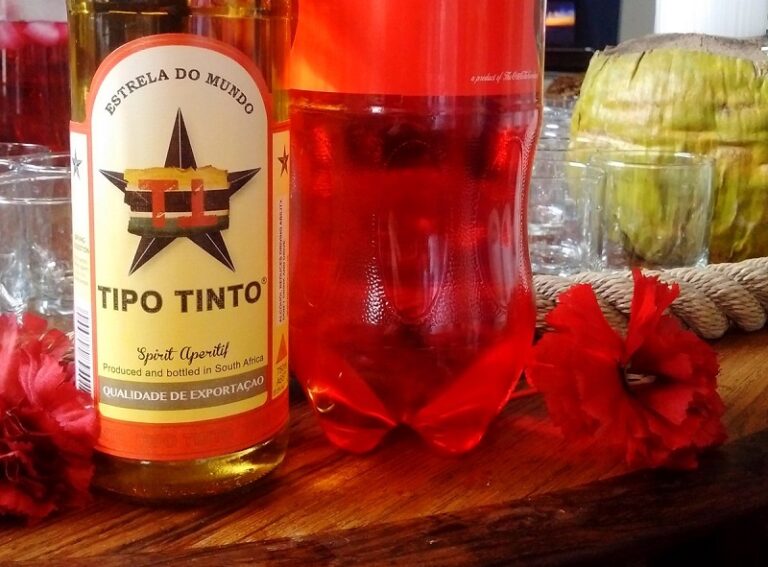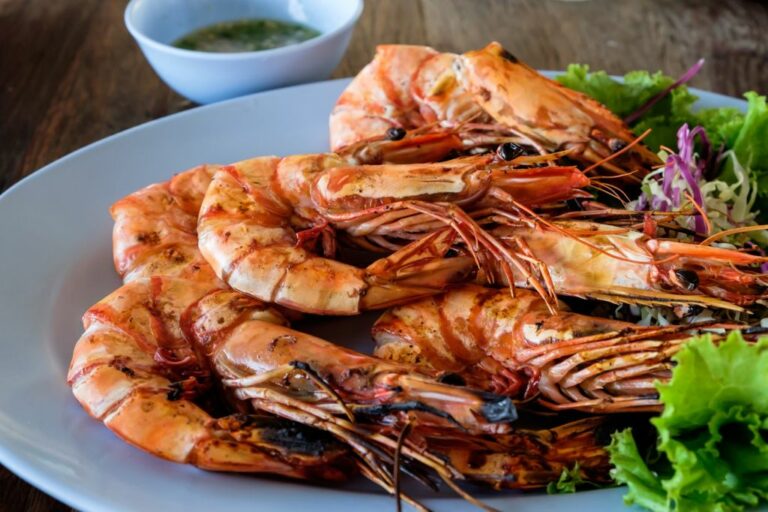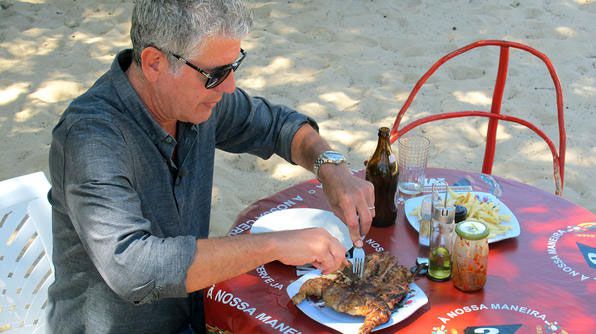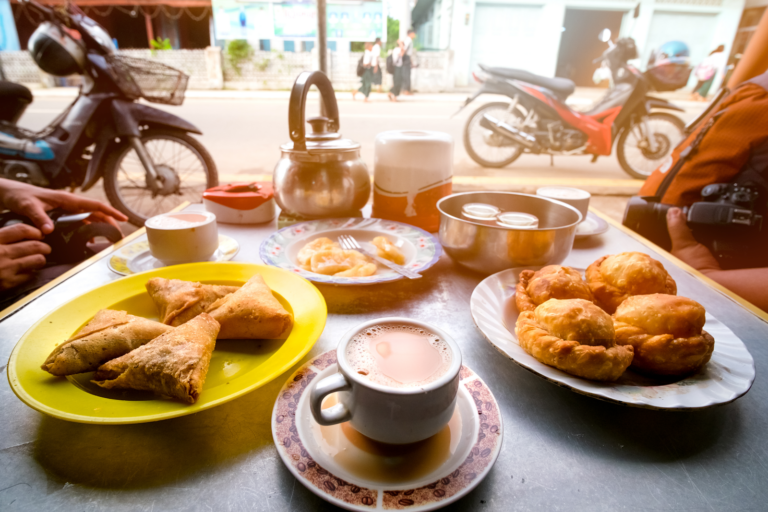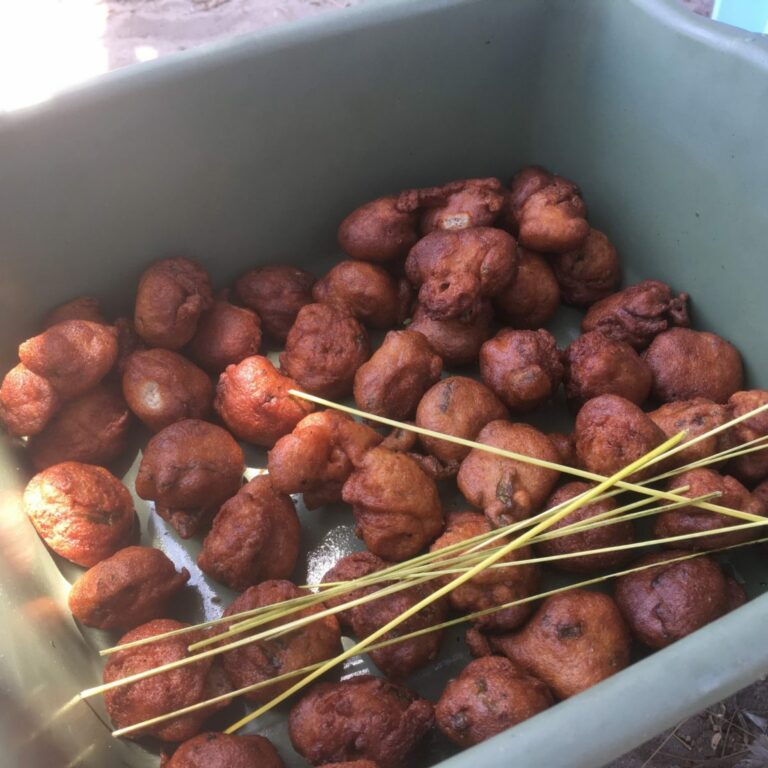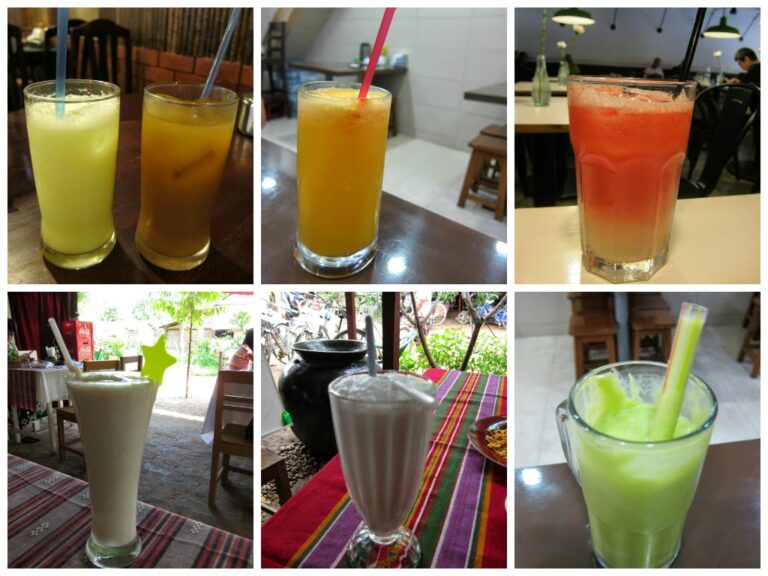Introduction: Street Food in Mozambique
Street food is a vital part of Mozambique’s culinary scene. The country’s unique blend of African, Portuguese, and Indian influences has created a rich tapestry of flavors and spices that you won’t find anywhere else in the world. From fresh seafood to rich curries, there’s something for everyone to enjoy.
In Mozambique, street food is not just a quick and convenient meal option, but also a social experience. It’s an opportunity for locals and visitors alike to gather together, share a meal, and connect over their love of food. So if you’re planning a trip to Mozambique, make sure to try some of the country’s mouth-watering street food specialties.
Exploring Regional Specialties
Mozambique is a large country with a diverse food culture, and so it’s no surprise that different regions have their own unique street food specialties. Whether you’re in the capital of Maputo, the northern city of Nampula, the central port town of Beira, or the southern province of Inhambane, you’ll find a wide range of delicious snacks and dishes to try.
Maputo: The Capital’s Street Food Scene
Maputo, the capital city of Mozambique, is a food lover’s paradise. Its street food scene is a vibrant mix of African and Portuguese influences, with a variety of fresh seafood, meat, and vegetable dishes on offer. Some of the city’s must-try street food specialties include matapa (a savory dish made with cassava leaves, ground peanuts, coconut milk, and spices), chamussas (Mozambican-style samosas filled with beef, chicken, or vegetables), and peri-peri chicken (spicy grilled chicken marinated in a fiery peri-peri sauce).
The North: Nampula’s Famous Dishes
In the northern city of Nampula, you’ll find some of Mozambique’s most famous street food dishes. One of the most popular is xima (a thick porridge made from ground maize), which is often served with spicy stews made with chicken, beef, or fish. Other must-try dishes include matapa de caranguejo (crab matapa), which is made with cassava leaves, coconut milk, and spices, and pão com chouriço (bread stuffed with spicy sausage).
Central Mozambique: Beira’s Street Food Gems
Beira, a coastal port town in central Mozambique, is known for its seafood and meat dishes. Some of the town’s most popular street food specialties include sardinha grelhada (grilled sardines), matapa de camarão (shrimp matapa), and espetada (grilled meat skewers). You can also find a variety of fresh fruit and juices on offer, including mango, pineapple, and passion fruit.
Southern Delicacies: Inhambane’s Must-Try Snacks
In the southern province of Inhambane, you’ll find a wide range of sweet and savory street food snacks. One of the most popular is mandioca frita (fried cassava), which is often served with a spicy sauce. Other must-try snacks include pastéis de nata (Portuguese-style custard tarts), empadas (savory pastries filled with chicken or beef), and pão com atum (bread stuffed with tuna). You can also find a variety of fresh seafood on offer, including prawns, lobster, and squid.
In conclusion, Mozambique’s street food scene is a must-try for any food lover. From the capital city of Maputo to the coastal towns of Nampula, Beira, and Inhambane, there’s a wide range of regional specialties to explore. So if you’re planning a trip to Mozambique, make sure to bring your appetite!


